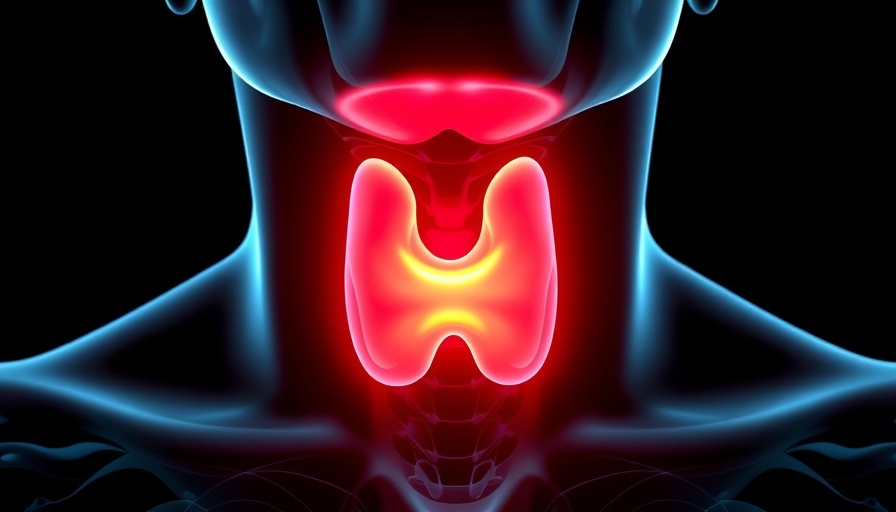
Understanding Supervised Consumption Sites
Supervised consumption sites (SCS) offer a safe space for individuals to use substances under medical supervision, providing vital healthcare and support services. These sites have proven to reduce overdose deaths, transmit infectious diseases, and help individuals access addiction recovery programs. Their closure can have dire consequences.
The Human Cost of Closure
When cities decide to close these essential facilities, the effects are not only administrative but tragically personal. Communities facing addiction issues see a spike in overdose rates and health complications, particularly among vulnerable populations. One study found that closing a single SCS resulted in a surge in overdose deaths by nearly 20% in the surrounding area. This statistic highlights the importance of these sites in saving lives and promoting community wellness.
A Call to Action for Communities
Advocating for the preservation of supervised consumption sites is crucial. Communities must organize grassroots campaigns to maintain or establish these health resources. Supporting local initiatives and voicing concerns to local governments can instigate necessary changes. Communities that prioritize mental and physical health must continue to promote safe spaces for those affected by addiction.
Community Voices: Personal Stories that Matter
Many individuals have stories of recovery that began in SCS, showcasing the human element behind the statistics. For instance, a local resident shared how access to a supervised site helped them transition from addiction to recovery, emphasizing a very relatable journey. These anecdotes underscore the profound impact that SCS can have on individual lives.
Only Together Can We Make a Difference
As discussions about drug policies and health resources continue, it’s vital for community members to voice their support for supervised consumption sites. Collectively, we can advocate for safer, healthier neighborhoods where every individual has the opportunity for recovery and support.
 Add Row
Add Row  Add
Add 



Write A Comment